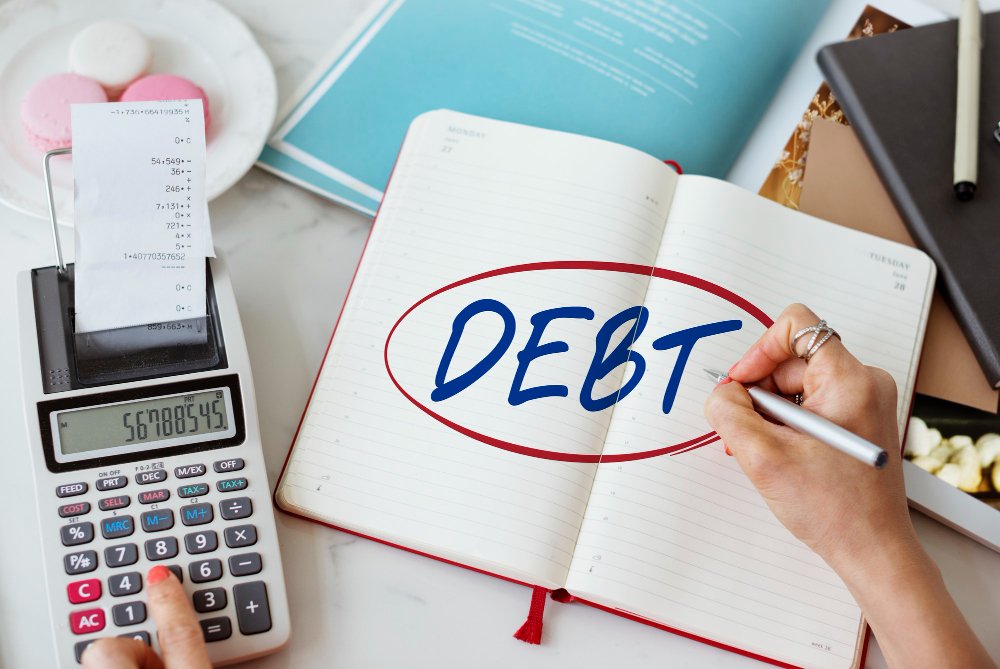Why And How To Request Debt Validation
- 1 Why Request Debt Validation?
- 2 How to Request Debt Validation
- 2.1 Write a Debt Validation Letter
- 2.2 Send the Letter via Certified Mail
- 2.3 Keep Copies of Everything
- 2.4 Wait for a Response
- 2.5 Review the Validation
- 2.6 What If the Debt Collector Doesn’t Respond?
- 2.7 Handling the Debt After Validation
- 3 Conclusion
Getting a notice from a debt collector can be a nerve-wracking experience. Sometimes, you might not even recognize the debt they’re trying to collect. Maybe it’s an old debt you thought was settled or a mistake altogether. Knowing you have the right to request debt validation is essential in such situations. This is a way to ensure that the debt is legitimate and that the collector has the correct information.
If you’re dealing with multiple debts and feel overwhelmed, exploring options like debt resolution can be a helpful way to take control of your financial situation. But first, let’s dive into why debt validation is essential and how to request it.
Why Request Debt Validation?
Debt validation is essentially your way of saying, “Prove it.” When a debt collector contacts you, they are legally required to provide specific information about the debt. However, mistakes can happen, and sometimes, debt collectors pursue debts that aren’t accurate or even legitimate. Requesting validation can help you confirm a few key things:
- Accuracy: It ensures that the debt is yours and that the amount they claim you owe is correct. This can help you avoid paying a debt that isn’t yours or overpaying on an incorrect amount.
- Legitimacy: It helps verify that the collection agency has the right to collect this debt. Sometimes, debts are sold and resold, and it’s possible that the agency contacting you doesn’t have the authority to collect.
- Protection: Requesting validation can protect you from potential scams or unethical debt collection practices. It forces the collector to provide proof of the debt before proceeding with any collection actions.
How to Request Debt Validation
Knowing the proper way to do it is essential if you’ve decided to request debt validation. Here’s a step-by-step guide on how to do it effectively:
Write a Debt Validation Letter
The first step is to send a written letter to the collection agency. In this letter, you should state that you dispute the debt’s validity and want documentation verifying the debt. It’s also a good idea to request the name and address of the original creditor so you can cross-check the information with your records.
Your letter should be clear and concise. Here’s an example of what you might say:
“Dear [Collection Agency],
I am writing to request validation of the debt you claim I owe. Please provide documentation verifying the debt, including the name and address of the original creditor. I dispute the validity of this debt and request that you provide the necessary proof. Thank you for your attention to this matter.
Sincerely,
[Your Name]”
Send the Letter via Certified Mail
To ensure that your request is received and you have proof of when it was sent, mail your letter via certified mail with a return receipt requested. This provides documentation that the collection agency received your request, which can be important if there are any disputes.
Keep Copies of Everything
Make copies of your letter and keep them for your records. Also, keep any receipts or documentation showing that the letter was sent and received. It is essential to prove later that you made the request and the agency received it.
Wait for a Response
Once the collection agency receives your validation request, they must stop all collection activities until they provide you with the requested documentation. This includes phone calls, letters, and any other form of contact. They must provide proof of the debt, including the amount owed and information about the original creditor.
Review the Validation
When you receive the validation documentation, please review it carefully. Ensure the information matches your records and the debt is yours. Check the amount, the original creditor, and any other details provided. If everything checks out and the debt is legitimate, you can move forward with resolving it. If there are discrepancies, you may need to dispute the debt further.
What If the Debt Collector Doesn’t Respond?
If the debt collector doesn’t respond to your validation request within a reasonable timeframe, they cannot continue collection activities. This includes reporting the debt to credit bureaus, calling or sending you letters. Suppose they continue to contact you without providing validation. In that case, they are violating your rights under the Fair Debt Collection Practices Act (FDCPA), and you can file a complaint with the Consumer Financial Protection Bureau (CFPB) or seek legal advice.
Handling the Debt After Validation
If the debt is validated and you acknowledge it is yours, the next step is figuring out how to handle it. This might mean setting up a payment plan, negotiating with the collector for a reduced settlement amount, or seeking professional help like debt resolution. The key is to have a plan that works for your financial situation and helps you move toward resolving the debt.
Conclusion
Requesting debt validation is essential in taking control of your financial situation. It’s your right to ask for proof and ensure that any debt you’re being asked to pay is legitimate and accurate. By understanding this process and knowing how to request validation properly, you can protect yourself from mistakes, scams, and unethical collection practices.
Dealing with debt can be stressful, but you have options and rights. Whether through requesting validation or exploring debt resolution to find a manageable way forward, taking proactive steps can help you regain control and work toward financial peace of mind.

















